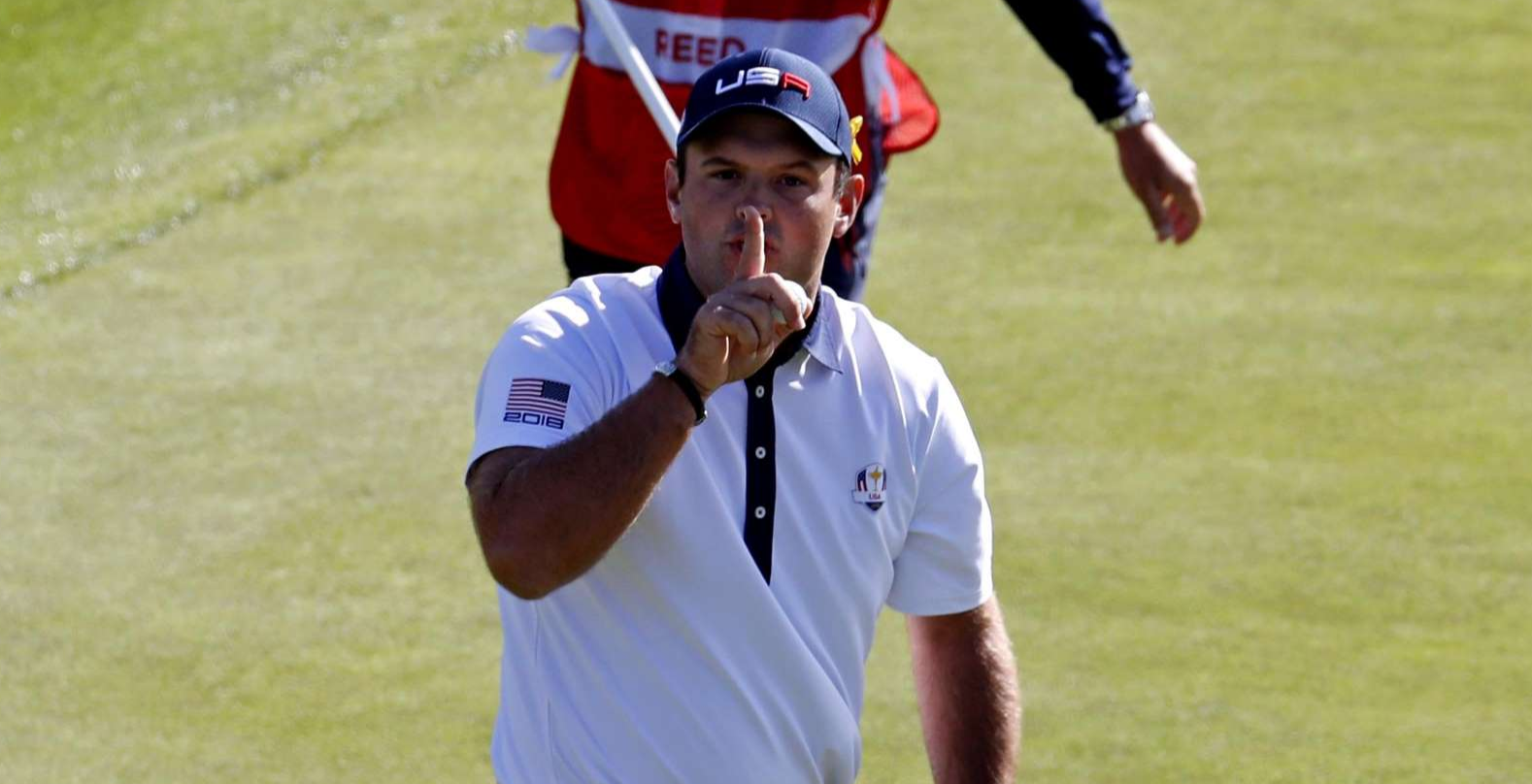It's Back! Ayodhya Links Resurfaces On Golf Digest's World Ranking
/While Golf Digest’s non-U.S. ranking of courses has always featured odd inclusions, the latest edition posted online features more eye-openers than normal. While some might find it jarring to see The Bluffs at Ho Tram Strip ahead of Royal Cinque Ports, I’m just thrilled to see RCP/aka Deal on the list.
While edged out by the vaunted Ba Na Hills, the real stunner involves the resurfacing of Ayodhya Links. You may recall it was the inclusion of this extraordinarily ordinary Perrett and Lobb masterwork near Bangkok landed on Golf Magazine’s World Ranking a few years back. That instigated a domino effect resulting in a massive overhaul of the ranking, with a new panel head and many panelists shed from the process. Questions remain unanswered to this day about what exactly led to the ultra-private Ayodhya earning prestigious world status and whether undue influence led to its place.
And yet, here it appears again. Ron Whitten’s pained description is hard to read.
The site of Ayodhya Links didn’t look promising to Australian architects Ross Perrett and Tim Lobb at first. It was a flat, treeless marsh near Bangkok. To build a championship-caliber golf course on such property, the architects had to drain the swamp. They did so by excavating canals and ponds.
Oh did they now?
This generated fill for tees, fairways and greens, which they shaped into endless humps and rolls. So, arguably, it’s links-like, although manmade and far from an ocean.
Just missed out on the links-like category. Sounded close though!
Today, Ayodhya has water in play on every hole, lagoons throughout the front and back nines, with the ninth and 18th along the shoreline of a large lake. Across the same lake is the island green of the par-3 12th. An estimated 10,000 trees were planted to add beauty and while the turf conditions at this exclusive private club are considered opulent, the course boasts membership in the Audubon Cooperative Sanctuary Program, so it must be growing turf with sustainable methods and fewer chemicals.
And that’s good enough to make it a world top 100. Again.
























